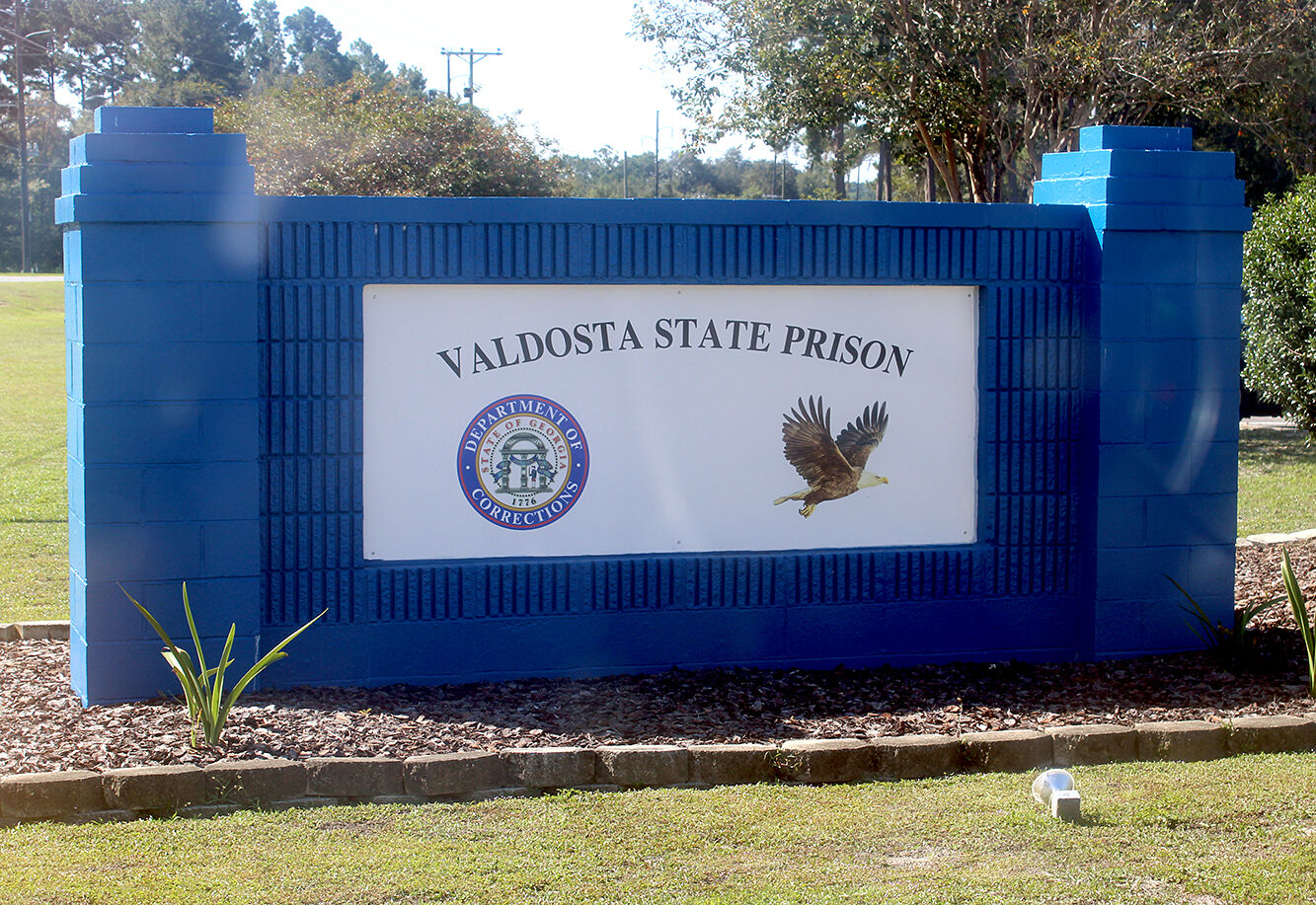30 years after Chernobyl disaster, containment is nearing completion
Published 12:00 pm Monday, April 25, 2016

- Abandoned buildings in the town of Pripyat, Ukraine, are shown in March, 2011. The town, founded in 1970 for workers at the Chernobyl Nuclear Power Plant and evacuated following the 1986 explosion has become a tourist destination with tours of the mostly abandoned area.
KIEV, Ukraine – An international effort to seal the destroyed remains of the nuclear reactor that exploded in Ukraine 30 years ago is finally close to completion, and remarkably, considering the political revolution and armed conflict that have rocked the country since 2014, it’s close to being on schedule.
The completion of the New Safe Confinement, often called the “arch,” could contain the radiation from mankind’s worst nuclear catastrophe for a century, says the European Bank for Reconstruction and Development, which has led the project. But it will also mark a handover to Ukraine’s fractious and underfunded authorities, who are expected to tackle future waste management at their own expense.
That may not reassure Nadiya Makyrevych.
For three decades, she has been living with the consequences of Chernobyl explosion. She can recall that morning in late April 1986, and the small signs that something was wrong in the workers’ town where she lived: the tinny, metallic taste in her mouth. The way her 6-month-old daughter slept so deeply after breast-feeding.
But there were no sirens then in Pripyat, no hint of the magnitude of the nuclear catastrophe playing out just miles away. Soviet authorities did not immediately report the botched experiment at a reactor in Chernobyl’s nuclear power plant, which released a radioactive cloud over Eastern Europe larger than that of the 2011 disaster in Fukushima, Japan. Ukraine is still coping with the effects today.
“By the time we were evacuated, we had been exposed for 36 hours,” Makyrevych said in an interview in Kiev last week, her speech interrupted by a hacking cough. “My entire family has been affected by this. We are all sick. My daughter, my son, my husband and me.”
Makyrevych, who requires regular medical treatment, complained of a monthly handout of just $60 from the Ukrainian government – and that hasn’t always been on time.
And now the authorities in Kiev will have to shoulder the whole burden.
The international project will seal both the wrecked reactor No. 4 and the temporary protective “sarcophagus” installed in 1986 inside the New Safe Confinement. Resembling a massive hangar, the 360-foot-tall building’s two sides will wheel into place next year and, once sealed, robotic cranes inside will disassemble the destroyed reactor and manage the disposal of a lava-like mass filled with uranium.
Ukraine in the past two years has been rocked by a pro-European political revolution, the annexation of Crimea by Russia and a grinding war in eastern Ukraine that has left more than 9,100 people dead. Inflation and austerity measures have made life harder for average Ukrainians, and the parliament has been paralyzed by infighting.
But located far from the front lines and backed by 1.5 billion euros in funding, much of it from the EBRD, European Commission and United States, the project has largely been insulated from the political chaos taking place in Kiev, 60 miles to the south.
Vince Novak, the EBRD head of nuclear safety, said in an interview that disruptions to the project because of political turmoil in Ukraine were “minimal.” When former president Viktor Yanukovych fled the country after mass protests in Kiev in 2014, U.S. contractors halted work for only a few weeks, he said. French contractors didn’t stop at all.
The project has required careful coordination between the various administrative bureaucracies responsible for Chernobyl in Ukraine: the head of the decommissioned plant, the administrator for the exclusion zone around the plant, the Ministry of Ecology and Natural Resources, and, “where the politics comes in,” Novak said, the Ministry of Finance and parliament, which approve funding.
Asked whether a recent Cabinet reshuffle would affect progress, he laughed.
“I have lost count of how many ministers in charge of this I have worked with . . . a dozen and a half, including four in the last two years?” he said on the sidelines of a recent forum at Kiev’s National Technical University. “One of the roles that the bank plays here is making sure that all the players that you need are kind of rowing in the same direction.”
That role is quickly coming to a close, as the EBRD plans to complete the containment structure in November. Once it is operational in 2017, the bank says, the “involvement of the international community is not envisaged.”
“It will be for Ukraine to develop a national strategy for nuclear waste for the next decades,” the EBRD said in a statement.
The details of how Ukraine will tackle that process have not been drafted, and some are nervous. Igor Gramotkin, head of the decommissioned plant at Chernobyl, has called for workers to begin waste disposal as quickly as possible after the construction is finished, while the project still has international support.
“It is an extremely expensive process,” he said of the waste disposal in remarks to The Washington Post, “and unfortunately with the current economic situation in Ukraine, I don’t think that we can carry this out without international support.”
The end of the construction will probably have major consequences for a small army of more than 2,000 workers, many of whom will probably no longer be needed once the project is completed. But as Ukraine seeks to cut social benefits and enact austerity to comply with the International Monetary Fund, the situation appears toughest for the survivors of the accident 30 years ago.
Some liquidators, the first responders who suffered debilitating or even lethal doses of radiation while fighting to contain the fallout, have protested their treatment.
More than 2 million people in Ukraine are on Health Ministry roll calls for benefits because of the accident. Ukraine’s government and civil-society organizations are holding events to mark the 30th anniversary since the accident.
In October, Belarusian writer Svetlana Alexievich won the 2015 Nobel Prize in literature, in part for her 1997 oral history of the accident, titled “Voices from Chernobyl.”
“The nights are very long here in the winter,” the wife of one of the liquidators said, according to Alexievich. “We’ll sit, sometimes, and count: Who’s died?”





